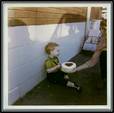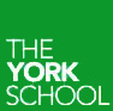Well, in honour of 3/14/15, I thought I'd put together a neat little visible thinking example that celebrates that most irrational of numbers, pi. Despite being an English type, I initially cut my postsecondary teeth in the Faculty of Science at McMaster University in Hamilton. If I could have taken only courses in solving mathematical word problems, I would have become a mathematician, but alas, they do other things in the faculty. Like the Fibonaaci sequence, pi has always been a source of fascination with me, so I thought I'd share a little bit of that with you since I won't have a chance to until next century rolls around. It's only fitting, I think, to call this the 3.1415.th post of the Visible Thinking Project. In several future posts, I plan on returning to a mathematical theme. But hey, if you have some cool examples of visible thinking that you'd like to see published on Comics in Education as part of the Visible Thinking Project, please make sure to send them our way! If you enjoyed this article then you might also enjoy...
0 Comments
Building Literacy through Comics
3/12/2015
UK's Newest Literacy Charity
If you're looking for a charity to support literacy and a lifelong love of reading, you need look no further than CLAw (the Comics Literacy Awareness organization):
Comics Literacy Awareness (CLAw) is an exciting new literacy charity formed by a group of passionate and highly experienced trustees from the fields of education and comics.
If you'd like to help the organization, there's a way to do so. CLAw is now accepting support through its UK website. Here's an update from CLAw trustee, Paul Register:
Comics Literacy Awareness now has a special section on the website for people wanting to make donations to help us with our mission. Any size gift would be gratefully accepted and will help us in our efforts to increase the literacy levels of UK children through the medium of comics and graphic novels. We're going to need a lot of funds over the next few years and this is where it starts.
With an awesome group of trustees, a links page, and an overview of the Stan Lee Excelsior Award (you can check out our article from last year on this cool program), what's not to love?
This is, quite simply, a literacy organization you should support... "Nuff said!"
If you enjoyed this article then you might also enjoy:
Visible thinking and visual brainstorming are great activities for literary onomastics, the study of names and naming in literature. I've done a bit of this before, specifically for Robert Louis Stevenson's The Strange Case of Dr. Jekyll and Mr. Hyde: Have a look at what can be done with Pip Pirrip's name in Charles Dickens' Great Expectations. And as I mention at the bottom of the visible thinking exercise above, this is really just getting things started. Indeed, using visible thinking in connection with the study of onomastics can yield some really special insights. All you really need is pen, paper, and a dictionary! If you want a good one to tackle using visible thinking and visual brainstorming to look at names, try F. Scott Fitzgerald's The Great Gatsby. Make sure you have a couple of pieces of paper, though. That one is a doozy! If you liked this short article, you might also like:
An Exercise in Visible Thinking Lunacy My goal with the Visible Thinking Project is to generate 365 scribbles, doodles, or other visual brainstorms at the rate of one per day for the next 365 days. Sometimes, I hope to post more than one a day and other times I'll be resting. My goal in undertaking this is to help those who find the site's resources useful and to thank users for a great first year here at Comics in Education. So, for the first visible thinking post of the series, I thought I'd go old school... I won't comment too much on these doodles. This one helped me to clarify some of the connections between Hamlet's "To be or not to be" and Iago's "I am not what I am." The weird connection begins with them sharing the curious literary device of epanalepsis, and then things just get weirder from there. Anyway, I hope you enjoy these exercises in visible thinking throughout the next year. Better yet, I hope you'll submit some of your own that we can feature on the site. If you have something you'd like to share, get in touch with us through our contact page. We'd be happy to share it! See you in a year! If you enjoyed this post, you might also enjoy:
Why Read Comic Books?
3/10/2015
When I was about 10 or 11 years old I can remember going to my school library and taking out a copy of Encyclopedia Brown: Boy Detective for about the sixth or seventh time. I can remember the librarian telling me that I was very good reader and that I should challenge myself with some more difficult books rather than the assortment of mystery stories and Choose Your Own Adventure books that I was voraciously reading. When I give talks at conferences, I often share with my audiences my most distinct memory of this incident, and I think it's this memory that most profoundly shaped who I became as a reader and academic. I remember thinking that the librarian was giving me terrible advice. Even at a young age I knew that the secret to having a lifelong love of reading was to read books that I loved. How else was I supposed to do it? Besides, my parents encouraged me to read whatever I wanted and there was no way the librarian was going to know better than them, right? I mean, I loved Encyclopedia Brown and Trixie Belden and Fighting Fantasy gamebooks and Dungeons and Dragons manuals, and so it was impossible for me not to also love comics. Now, I'm sure at a tender young age I could have read Poe and Hawthorne and Dickens and Austen, but I sure as hell wasn't going to read any of that when I had Tomb of Horrors or the final issue of Omega the Unknown to get to. I'm sorry, but the classics would have to wait. And as it turned out, my formative reading experiences didn't compromise my learning and I didn't leave reading behind once I "grew out" of the books I was devouring. Instead, I just grew into other books when fancy struck me, which was a bit later than it is for most. And I still continued to enjoy mystery novels and comic books and adventure stories and fantasy role-playing games even as I was tearing through The Divine Comedy and Martin Chuzzlewit. And then I proceeded to do a B.A., M.A., and Ph.D. in English literature, and a B.Ed. in English and Mathematics education. I wrote my dissertation on Anne Bronte, Thomas Hardy, and Lewis Carroll, published papers in academic journals in the field of game studies, and undertook a career in education. Since then, I've worked as an editor, reviewer, and consultant, and written nearly 100 books for children and young adults, many of which have been part of award-winning series. So why read comic books? Well, I guess it's so that when someone tells you that you should be challenging yourself, you can tell them that they're an idiot and don't know what they're talking about... Or you can just think it, like I did.
Much more than a series of lessons... A lot of educators have approached me asking about how I teach Art Spiegelman's Maus. I've considered putting together a conventional unit plan, but I've always resisted, in part because I don't feel that the graphic novel is best served by taking a conventional approach. If we are to produce students that can go beyond "receiving" meaning and indeed can learn to "make" it, then something else is needed. Enter Maus: An Inquiry-Based Unit Plan in 5 Lessons. You might initially think that five lessons means five classes, but there is no limitation on how much or how little time is spent on the five areas of investigation that the unit plan highlights. And as I said earlier, calling it a unit plan undervalues it I think. It's a way of approaching Maus that forces the student to inquire in a profound way--to ask deep questions about the Holocaust, literary biography, guilt, memory, the history and tradition of visual narrative, racism, genocide, and Maus's place as a work of literature. Here's what I mean by different: Each of the five lessons has relevant questions that teachers and students ask as they make their way in a clockwise fashion beginning at the top. But as for where your lesson can go, the unit plan is designed to allow it to go wherever you like. How much time you allow students to investigate Art Spiegelman (as a writer, artist, chronicler of his father's experience, etc.) or Vladek (as a Holocaust survivor, husband, father, etc.) is entirely up to you. The power of this plan, then, is that it doesn't limit you in any way and encourages students to inquire without restrictions. This is not a series of traditional lesson plans with an assessment at the end. This is a series of crazy, cool, provocative questions and insights that hopes to inspire you to build powerful inquirers in your students. The unit plan is currently available in our store, and is loaded with ideas that can serve as jumping off points. There is no attempt in this six page pdf to be exhaustive, and yet the possibilities that it opens up for studying Maus will allow you to take as much time as possible covering the unit. For a limited time, get 60 Blackline Masters of comic book pages with unique panel arrangements with the Maus Unit Plan!
Those looking for a Kickstarter to support, you have just enough time to back Curls: The Ultimate Book Collection. The brainchild of Carolyn Belefski, this collection brings together comic strips "about adventurous situations in Curls's everyday life with a gang of animal friends and a life-sized piece of toast. Here's the video currently running on Kickstarter: Here's how Belefski describes the project: Curls is a comic strip written and drawn by Carolyn Belefski featuring a gal named Curls who dreams of adventurous situations that come to play in real-life with a gang of her animal friends and a giant piece of toast. The purpose of this Kickstarter is to collect every strip into a book which will allow readers to see the evolution of Curls—from a university newspaper to an award-nominated comic strip. The book will also include never-before-seen extras, including sketches and behind-the-scenes glimpses of the creation process. Although Belefski's project has gotten a lot of early support on Kickstarter--and love from Kickstarter staff to boot--she needs your support in the final stages of her campaign. So click the image at the top of this post to find out more about the project, and click the button below to go directly to the support page!
Make Your Classroom a Place Steve Would Be Proud Of! With the interest expressed in our Literary Terms posters inspired by pulp comics, the Comics in Education Store has put together a set of nine Parts of Speech posters featuring the world of Minecraft. Using hilarious examples and containing simple definitions and explanations, these posters are perfect for a junior, middle, or even high school classroom. They are Tablet-Sized (11x17") and sure to draw the interest of students who like their grammar with a dose of Minecraft.
The pedagogical value of the game has been recognized recently in courses like math and science, but why shouldn't it help students learn the fundamental building blocks of the English language? Check out our Parts of Speech posters today in our store!
Decorate Your Classroom with Posters that Rock! Now available in the Comics in Education Store are these bad boys: Literary Terms posters inspired by comics from the 1930s, 40s, and 50s! The posters are Tabloid-sized (11x17") and feature a literary term, its definition, its use in a pulp comic panel, and a brief explanation of how the literary device works!
It's clear that in recent years, comics and graphic novels have been used with great success in the classroom in order to inspire reluctant readers, but here they make a great addition to a poster that your students might otherwise pass by. Check them out today in our store!
The most vital part of the graphic novel - what sets it apart from standard literary novels - is its ability to construct a narrative with both words and images. In a graphic novel, the process of choosing the specific images, scenes, and panel arrangements to tell the story is called encapsulation. Unlike movies, which are continuous, a comic must choose specific moments to present, and must thus ensure that they add significant depth and meaning to the story. In Marjane Satrapi’s Persepolis, difficult topics like revolution, war, and torture must be addressed with poise, but also must be drawn in such a manner that readers will be affected by them. For example, in the accompanying image from the first book, Satrapi chose to use five specific images in order to illustrate her first experience of what becomes a violent confrontation. The encapsulation of this scene involves five very different images which, taken together, provide the reader with a powerful example of visual storytelling. A tableaux in the third panel showing Marji’s mother in a revolutionary stance shows how Satrapi viewed her: as a powerful figure. In the next panel, a contrast made between Marji, wearing a smile dressed in white, and the angry protesters in black intensifies her innocence and isolation from the crowd. The fifth panel on the page is an action shot of men beating the protesters with bats and a speech balloon saying “The scarf or a beating,” indicating how quickly the protesters come under attack. WIthout the encapsulation of these specific images, the sentence, “So I went with them, I passed out flyers… when suddenly things got nasty,” leaves no lasting impression on the reader. Only with the particular encapsulation Satrapi employs is meaning driven home. If you wish to cite the above article, please use the following citation: Wolfe, Talia. "Encapsulating the Moment in Marjane Satrapi's Persepolis." Comics in Education, 01 March 2015. Web If you enjoyed this article you might also enjoy...
The extra-diegetic gaze, which is when a character presented in a photograph, comic, advertisement, film, or other visual medium appears to look out of the frame and often at the reader, is used to great effect in Persepolis. Satrapi’s most frequent use of the extra-diegetic gaze is in creating an emotional connection with the reader in order to deliver a more impactful message. One example of this is on page 48, when Marjane tells another girl named Laly that her father, who is allegedly “on a trip,” is actually dead. Were Marji simply to tell Laly that “on a trip” is synonymous with “dead” in the drawn style of the first frame, the reader would view the whole scene from a somewhat detached, third-person perspective. But when the second frame switches to Laly’s own perspective and Marji looks beyond the frame at the reader, we are now forced to experience the news from the former’s point of view. The direct eye contact and facial expression make the viewer feel part of a real world conversation rather than simply a witness to the one that Satrapi has drawn. This makes for a much more realistic experience of the exchange between the two girls. Satrapi in this instance uses the extra-diegetic gaze to enhance the impact of the scene and to create an emotional connection between the reader and the characters. Another less common use of the extra-diegetic gaze is to isolate a single character from the other characters in a scene. By making the character look outside of the frame, they appear isolated from the people and things within it. In the example above, Marjane lies and says that she is French, not Iranian, in order to avoid discrimination. This causes her to feel guilty and alienated from both the people she lives among and her own culture. This is shown in the second frame, where Marjane looks outside of the panel with an unhappy expression on her face. The extra-diegetic gaze allows us to connect more easily with her guilt and sadness, but it also serves to place her back to the other people in the shot. This creates a clear divide between them, mirroring the isolation Marjane feels. Once more, the extra-diegetic gaze reinforces the ideas and themes Satrapi is exploring. If you plan to cite this article, use the following citation: Lazzam, David. "What Are You Looking At? The Extra-Diegetic Gaze in Marjane Satrapi's Persepolis." Comics in Education, 28 Feb. 2015. Web. If you enjoyed this article you might also enjoy...
Series Titles There are 21 titles in the Graphic Poetry series from Rubicon / Scholastic. Click on one of the images below to scroll through the various titles. As well, on the homepage for the series, each of the books has a look inside feature. Click here to visit the site. THE CIRCLE GAME by Joni Mitchell, ed. by Glen Downey On the carousel of life, history often repeats itself and people find comfort in tradition and familiar experiences. In these poignant lyrics, folk music legend Joni Mitchell shows that we cannot return to the past but we can appreciate every moment of our lives. COLONEL FAZACKERLEY BUTTERWORTH-TOAST by Charles Causley, ed. by Glen Downey When Colonel Fazackerley Butterworth-Toast buys a castle for himself, he doesn't realize that he's bought more than he bargained for! Find out what happens when the Colonel meets one of the castle's oldest residents. THE CREMATION OF SAM MCGEE by Robert Service, ed. by Glen Downey Have you ever been so cold that you'd do anything just to get warm? In this classic poem, Robert Service tells the story of Sam McGee, who finds himself deep in the Canadian Arctic, dreaming of his home in Tennessee. THE WRECK OF THE EDMUND FITZGERALD by Gordon Lightfoot, ed. by Glen Downey In this haunting ballad, legendary folk musician Gordon Lightfoot describes what happens when the Edmund Fitzgerald meets the "Gales of November" on Lake Superior. WHAT DO I REMEMBER OF THE EVACUATION by Joy Kogawa, ed. by Glen Downey In this poignant poem, Joy Kogawa revisits a painful period from her childhood -- when she and her family and other Japanese Canadians were placed in internment camps during World War II. HURRICANE / CHILDHOOD TRACKS by James Berry, ed. by Glen Downey Truly great poets have the ability to transport readers into the world of the speaker -- so get ready to pack your bags! Whether James Berry is writing about the fury of a hurricane or walking the reader through memories of his own childhood, his poems bring the sights, smells, and sounds of Jamaica to life. I AM A CANADIAN by Duke Redbird, ed. by Glen Downey There are great poems written by Canadians, and great poems about Canada. However, none show off the pride we have in the breadth, diversity, and beauty of Canada and its people more than Duke Redbird's "I Am a Canadian." LIFE DOESN'T FRIGHTEN ME / ALONE by Maya Angelou, ed. by Glen Downey In these emotional and inspiring works, Maya Angelou shows how the right attitude and the love and support of friends and family can help people confront and overcome all of life's obstacles. THE MARCH OF THE DEAD by Robert Service, ed. by Glen Downey The Second Boer War is over and the soldiers have come home victorious. People line the streets to celebrate as the men march proudly on parade. But then, the air is filled with another sound -- an eerie reminder from another group of men who also wish to be remembered... MOTHER TO SON / HARLEM NIGHT SONG by Langston Hughes, ed. by Glen Downey In "Mother to Son" and "Harlem Night Song," renowned American poet Langston Hughes captures the struggles, challenges, beauty, and soul of Harlem — one of the most dynamic neighbourhoods in America. ORANGES / ODE TO FAMILY PHOTOGRAPHS by Gary Soto, ed. by Glen Downey In "Oranges" and "Ode to Family Photographs," Gary Soto gives us a bird's-eye view of those weird but charming moments that bring meaning into our lives. THIS IS A PHOTOGRAPH OF ME / GIRL AND HORSE, 1928 by Margaret Atwood, ed. by Glen Downey In these two poems, renowned Canadian author Margaret Atwood delves deep to reveal that things aren't always what they seem. FLIGHT OF THE ROLLER-COASTER / LAKE OF BAYS by Raymond Souster, ed. by Glen Downey In "Flight of the Roller-Coaster" and "Lake of Bays," Raymond Souster takes us out for a day at the carnival and for a walk across a bridge, and provides us with moments that we will likely never forget. SAME SONG / MAESTRO by Pat Mora, ed. by Glen Downey Each and every day, we are influenced by the people we interact with and by the world around us. These influences can be positive or negative but every person is subject to them. In these two poems, Pat Mora explores insecurities and inspiration — common themes we can all relate to. SOUTHBOUND ON THE FREEWAY / WATER PICTURE by May Swenson, ed. by Glen Downey Poet May Swenson had a unique perspective on the world. Whether she was describing a reflection in a pond or cars racing down a highway, Swenson's creative imagery helped people see everyday occurrences in a whole new way. THE CHOICE / SONG FOR AN APRIL DUSK by Dorothy Parker, ed. by Glen Downey Dorothy Parker was a girl with attitude. Her wit and talent for biting sarcasm could easily put those around her to shame. Here, Parker's pretty, poetic lines take a sudden turn that keeps readers on their toes. THE SHARK / SEA-GULLS by E. J. Pratt, ed. by Glen Downey We see animals all the time, but how often do we take a long, hard look at them? In the first poem, E.J. Pratt takes us on a terrifying trip through the harbour. In the second poem, he shows us the unexpected beauty of seagulls in flight. THE EAGLE / THE KRAKEN by Alfred Tennyson, ed. by Glen Downey Ever wondered what it would be like to soar with an eagle or travel to the bottom of the ocean to visit an ancient sea monster? You won't need wings or swimming gear when you read these breathtaking classics by Alfred Tennyson! I SHALL WAIT AND WAIT by Alootook Ipellie, ed. by Glen Downey In this captivating poem by Inuit writer Alootook Ipellie, we get an unforgettable lesson in the importance of patience, determination, and dedication to a goal. THE WOMAN I AM IN MY DREAMS / NOW I SEE YOU by Maxine Tynes, ed. by Glen Downey In "The Woman I Am in My Dreams" and "Now I See You," poet Maxine Tynes shows us how much we can learn about ourselves and others, just by taking the time to look, to consider, and to dream. PAUL REVERE'S RIDE by Henry Wadsworth Longfellow, ed. by Glen Downey The sounds of troops approaching, guns being fired, and a single horse's hooves pounding the pavement bring Paul Revere's famous "midnight ride" to life in this action-packed poem.
The Prezi Here it is, for those of you at RFTLOI who weren't able to make it to the presentation today. Enjoy, and make sure to check out "Best Class Ever!" tomorrow afternoon! The Presentation Handout Here's the presentation handout for "Fostering Inquiry One Comic Book at a Time!" I'll leave this up on the site to give all RFTLOI attendees a chance to check it out!
With more than a million visits in our first year of operation, Comics in Education is pleased to present its first annual awards for the best graphic novels of the year. The purpose of the awards is to acknowledge three outstanding works published during the calendar year that represent remarkable achievements of the visual narrative form. Winners may append the gold, silver, and bronze icons to their promotional materials and earn the right to identify their works as the first-ever medal winners in what will become an annual tradition for the Comics in Education website. Here are the three winners for 2014 and congratulations from Comics in Education! 3. Kill My Mother, by Jules Feiffer Feiffer's graphic novel has received considerable praise, and when it comes right down to it, such praise is the result of great storytelling. Because of its complex narrative and brilliant line work, Kill My Mother is the kind of graphic novel that envelops rather than merely engrosses the reader--a tale that weaves together the stories of five women linked by a has-been private eye. Reading the narrative feels like watching the very best that film noir has to offer. 2. Hoax: Psychosis Blues, by Ravi Thornton Illustrated by various artists and based on the relationship between Ravi Thornton and her late brother, Rob, who ultimately lost his battle with schizophrenia in 2008, Hoax: Psychosis Blues is one of the most compelling graphic stories of the past decade. Rob's tale is told in the poems he wrote, brought to life by such accomplished artists as Hannah Berry, Julian Hanshaw, and Bryan Talbot. Hoax is a cross media project, with the other principal strand being Hoax: My Lonely Heart, a musical stage performance. On its own, however, Thornton's graphic novel represents a superlative achievement in visual storytelling. 1. The Boxer, by Reinhard Kleist Telling the story of Harry Haft who is sent to Auschwitz at 16, is forced to box for his life while imprisoned by the Nazis, escapes captivity, and eventually emigrates to the US where he fights Rocky Marciano in 1949, The Boxer is Comics in Education's pick for the best graphic novel of 2014. Not only is the story remarkable in itself, but Kleist's deft handling of the narrative--both the verbal and the visual--is like something out of a Will Eisner comic. It is, quite simply, brilliant. Congratulations to the Winners, and see you again next year for our 2nd annual awards!
Cody Walker's latest Kickstarter is looking for support for Everland, a series of four short graphic stories set in a "dark, children's-like story world." Each of the tales is drawn by a different illustrator and judging by the promo shots, the book looks like it will be great! Here's how Cody describes it: Everland is a 32-page one-shot comic made up of four 8-page stories by four different artists. Each story will focus on a different important part of this fantasy world and tangentially connect to the next story. The stories include: So, if you're planning on supporting a Kickstarter or two during the holiday season, consider putting your support behind Everland!
Sometimes Literary Analysis Takes You Down the Rabbit Hole After Shakespeare and Dante, my pick for the greatest writer of all time is Emily Dickinson. She's been my choice for a long time, despite the fact that Tolstoy, Joyce, Chaucer, Wordsworth, Moliere, Montaigne, Milton and Austen often round out critics' Top 10 lists. I tend to agree with Harold Bloom, though, who sees Emily Dickinson as the greatest literary genius since Shakespeare. As it turns out, just about the craziest set of circumstances occurred that led me to what I'm hoping is a neat discovery in one of Dickinson's poems. I was preparing some notes for my class on "I started Early, took my Dog," a poem in which an unnamed speaker appears to have an amorous encounter with the sea. Some critics steer clear of making too much of this, while others--pardon the pun--wade in well past their waist. Here is the poem, complete with Dickinson's original spelling: I started Early – Took my Dog – Dickinson certainly wasn't shy about expressing these kinds of feelings in her poetry. Consider a poem like "Wild Nights, Wild Nights!" for example. Students find this interesting about Dickinson, especially since they often see her as a poet whose focus is typically nature, death, or the precariousness of the human mind. As I was making notes on the poem, however, I suddenly remembered my copy of The Graphic Canon, Volume 2, edited by Russ Kick. I knew it had a couple of Dickinson poems and thought it might be cool to show my students one of them at some point during our unit. Although it doesn't have "I started Early, took my Dog," the anthology does contain versions of "Because I could not stop for Death" and "I taste a Liquor never brewed." Inspired by the visual re-imaginings of these poems, I began doing some visible thinking about "I started Early took my Dog." These were just doodles really, and pretty soon I was buried in The Graphic Canon again, this time looking at Lewis Carroll's "Jabberwocky." But that's when the weirdness happened. I noticed I had circled the words "No man" in line 9 and "no one" in line 22 of the poem when I suddenly remembered the scene in Lewis Carroll's Through the Looking-Glass where Alice sees "Nobody" and the White King tells her she has great eyesight. Then I remembered something else: that Odysseus refers to himself as "Noman" when he blinds Polyphemus the Cyclops in The Odyssey. "Wow, I thought to myself, wouldn't it be cool if Dickinson was playing with the whole idea of Odysseus' name in line 9?" After all, she treats the nobody-being-a-somebody idea in her poem, "I'm Nobody! Who are You?" When I asked my students in class the other day if they could spot the name of a mythological character in "I started Early, took my Dog," it only took a short time before one of them, Marina, replied with "Noman." After class, I was sitting down with my colleague, Chloe, at The York School and we were discussing the poem. I was explaining this idea, noting, for instance that the dog in the poem is mentioned in the first line and that it then completely disappears. I know from the iconography of visual art that a dog can represent fidelity, so perhaps its disappearance is suggesting an unfaithfulness on the the part of the speaker. Perhaps she's already involved with someone, and her encounter is something like an imagined affair with the sea god, Poseidon... If the above observations are accurate, then, all of this leads to a rather startling conclusion: The speaker of the poem must be Penelope, the wife of Odysseus. Odysseus left his dog, Argos, behind when he went he went off to fight in the Trojan War. I know this because as Chloe and I were discussing the poem I looked it up. When Odysseus returns and disguises himself in order to avoid detection by Penelope's suitors, he discovers that Argos has been neglected by the women, and has been left to spend its time lying on a dung heap. When Odysseus approaches him, Argos, the faithful dog, recognizes his master. However, Odysseus has to ignore the dog so that he doesn't give away his true identity. So, he sheds a tear before walking past Argos without acknowledging him. Argos, having fulfilled its purpose of remaining faithful to Odysseus until his return, dies. So, when Dickinson's speaker says, "But no Man moved me" she could be saying that the tide was the first thing that "moved her," but she could also be saying that before the tide, "Noman"--that is, Odysseus--moved her. The entire poem could be a kind of elaborate imagined fantasy in which Poseidon and Penelope have this passionate encounter. The language and imagery of the poem are extraordinarily suggestive, as numerous critics have pointed out, but there was one remaining point about the Penelope theory that confused me. If Dickinson had indeed intended to use "no Man" to suggest "Noman," why does she write in lines 21 and 22, "Until we met the Solid Town / No one he seemed to know"? Another student pointed this out in our last class, and I bemoaned the fact that she used "one" here. If my idea of the speaker as Penelope is correct, it seems strange that Dickinson didn't think of saying, "No Man he seemed to know." Except, of course, that Dickinson DID think of this, as I discovered late last night! Take a look at the original copy of her work and the marginalia that accompanies it from the Dickinson archive: That's right...if you look closely you can see the plus sign after "No" and even the word "man" lightly penciled in beside it. Then, following the plus sign, we see at the bottom that she considered using "Man" instead of "one." (She thought of using "Bosom" and "Buckle" to replace "Bodice" by the way.) So, thanks go out to Russ Kick's The Graphic Canon, Volume 2, my colleague, Chloe, at The York School, my exceptionally clever students, and even a former colleague from UBC, Adam Frank, who was kind enough to let me know he hadn't heard of the interpretation before but thought it might be a good one. Dickinson always surprises me, even when I know that she will always surprise me. I don't think you can ask much more of a poet.
One of the more disturbing poems in Blake's Songs of Innocence and of Experience, "A Poison Tree" taps into the tradition of the mythologized apple just waiting to bring down whomever should happen to pick, receive, accept, or otherwise agree to get their hands on it. The speaker in "A Poison Tree" recognizes that he is prone to anger, but that he can govern such feelings and bring them to a peace when he is dealing with his friends. Not so much, however, when he's dealing with his enemies. As we can see from Adrian's visual brainstorming exercise below, there is so much going on in this poem: Of course, with this kind of visual brainstorming activity, it's not the physical amount of text or number of illustrations that is of significance; rather, it's the quality of insight. The slideshow below, shows us, indeed, the kind of quality we're hoping for. If you haven't had an opportunity to try visible thinking with your students, a poetry unit is a great opportunity to do so. Get students to show you what they are thinking--by any means necessary--and you might be surprised what you find. If you enjoyed this article, you might also enjoy...
Rise: Comics Against Bullying
10/29/2014
Probably the most distinctive feature of Blake's "The Divine Image" is the repetition of "Mercy, Pity, Peace, and Love," used to form a series of iambic tetrameter lines in Blake's beautifully structured ballad measure. Nica's visual brainstorming looks at a variety of different features in the poem, including the personification of the various virtues and how it speaks them in a way diametrically opposed to their treatment in "The Human Abstract." With Nica's great insights, however, comes something that just makes your day--one of the neatest things I've seen a student do in a visual brainstorming activity dealing with poetry. That's right--she draws the four train cars of her own take on a "Quatrain": This is precisely why visual brainstorming is such a killer activity: it allows students in the course of the thinking and note-taking process to take the kinds of detours that lead to very cool, out of the box ideas. If you enjoyed this article, you might also enjoy...
You might think it would be a challenge to get too much out of a visual brainstorming (or visible thinking) exercise based on William Blake's "The Sick Rose." A product of his 1794 collection, Songs of Innocence and of Experience, the poem is both cryptic and foreboding, suggesting that the Rose of the poem is in peril at the hands of "The Invisible Worm / That flies in the night / In the howling storm." As cryptic as the poem is, Ellie was able to extract a great deal out of it through the process of visual brainstorming. There are a number of exciting areas to highlight here, as the following slideshow suggests: Not only does Ellie's activity of drawing the worm reveal something that we gloss over as we read the poem--that the worm "flies in the night"--but she is also able to make a connection between the frequency of the letter "o" (14 occurrences) and the idea of the worm burrowing into the flower. As well, the repetition of "joy" and "destroy" does not create a kind of balance insofar as a positive and negative word rhyme with one another. In fact, the rhyme merely highlights the thoroughness and severity of the destruction. Try visual brainstorming with your students, or check out another one of the articles below. It can really help students to engage with poetry on a different level than traditional literary analysis! If you enjoyed this article, you might also enjoy:
The beauty of Blake's "Spring" from Songs of Innocence is due not only to the gorgeous visual canvas that accompanies the poem, but the language itself. Its desire to embrace the season of rebirth and renewal always calls to mind for me e. e. cummings "In Just-," especially the segment below: and eddieandbill come There is some of this whimsy in the visual brainstorming that Dillon put together below. Why not, for instance, create a little crossword with Blake's name and the title of the poem? It's a cool idea in keeping with the spirit of the poem: One particular literary feature that Dillon quite correctly points out is that repetition of the line "Merrily, merrily, we welcome in the year." We can see that the repetition of the line does indeed, as Dillon points out, emphasize the speaker's love for spring. Students and teachers of literature might be further interested to know that there is another device at work here. "Merrily, merrily" is a figure of repetition known as epizeuxis, which is the repeating of a word two or more times without intervening words. When used in this context with the adverb "Merrily" is simply reinforces the idea of embracing the springtime... ...And that, I think, is important to remember as we head into Winter! If you're interested in this post, you might also be interested in the following:
What a Student Can Find in Blake's London...
10/26/2014
What a student can actually find in Blake's "London" is, indeed, pretty remarkable, but it's important that we give them the chance to show what they can find. Too often when we teach poetry, we want so much to explicate something that is particularly cryptic or simply illuminate their understanding of the beauty of the poet's language. There's nothing wrong with a bit of this, of course. But we must also give them a chance to let their mind interact with a poem. That's when we get something like this... The mind-forged manacles rule, and I love the marriage hearse, but perhaps the best part of Maddie's visual brainstorming is an area in the middle where she makes a number of valuable insights about the poem: Not only has the visual brainstorming allowed Maddie to articulate the importance of Blake's use of anaphora in the poem, but it's led her to draw a structure that symbolically represents a jail with the rather Blakean slogan: "Inmate 337: Individuality." I could have told Maddie where to find anaphora, alliteration, consonance, and other figures of speech in the poem, but by providing her with time for minimally-guided inquiry, she's ended up doing this herself quite nicely... ...And I'm not about to stop her! If you're interested in this post, you might also be interested in the following:
Expressing Enduring Understandings with Word and Image If you're one of those people who think there's something particularly awesome about the prodigious talents of William Blake as both a poet and an artist, you're not alone. This year, my first-year IB English Literature students are engaged in a minimally-guided, inquiry based unit on the great Romantic. Students have been challenged to become, literally, a leading world authority on a given poem by Blake, with the first task being to study, research, and investigate the poem in order to generate their visible thinking. Here's what my student, Talia, has done with Blake's poem, "Infant Joy," from Songs of Innocence: This visible thinking was put together with the student only having a limited acquaintance with Blake's poem. Still, she did a great job of organizing her thinking along the same floral lines depicted in the visual backdrop of "Infant Joy." In addition to trying to identify a wealth of literary features, Talia took time to look at possible thematic interpretations: Talia uses the petals of her central flower to look at such themes as innocence, spirituality and identity, while using a nearby flower to look at rhyme scheme. In other parts of her canvas, she wonders aloud about literary devices she has found, including whether or not Blake's repetition of "Joy" can be construed as an example of mesodiplosis, the repetition of the same word or words in the middle of successive lines or sentences. Coming soon will be other examples of visible thinking applied to Blake's Songs of Innocence and of Experience. Stay tuned! If you're interested in this post, you might also be interested in the following:
Why Cave Art Isn't Just Ancient History!
9/20/2014
In the "Hands" of Students, it's so much more! Recently, Erlynn Kirsch and Amanda Helfrich got in touch with Comics in Education about a fantastic project that their students put together. So here is what they did, in their own words... Thank you Comics in Education! After reading a great post, the "Cave Art Activity", we came up with a similar activity for our 8th grade Ancient History students. For a final project on Pre-History we had students analyze Paleolithic cave-art and discuss how it could have portrayed humans' daily lives and emotions. Students researched the definitions of graffiti and graphic novels and thought about how it compared to pre-historic cave art. We discussed as a group the ideas of tagging public places, signatures on art, and leaving their mark on the world. Next we had the entire 8th grade create a mural, leaving their "mark" on our school Mary Ellen Henderson Middle School in Falls Church, VA. Students reflected personally upon how they wanted to be remembered and the type of "mark" they want to leave on history. Below I have attached some pictures of our project and of student work.The worksheet we made is attached below. Erlynn and Amanda also included work that their students put together while reflecting on this activity. It's clear from what the students wrote that they had a lot to say about it! If you're interested in trying this wonderful assignment with your own students, Erlynn and Amanda have been kind enough to include the handout that kids worked on. What a fantastic activity for students to be engaged in. Not only are they working together to produce a piece of beautiful visual art, but they are learning about their connection to ancient cultures and traditions, and the role that visual narratives plays in all of this. Great job, Erlynn and Amanda! If you're interested in this activity, you might also be interested in: Oh, the Humanity! -- Fan Expo 2014
9/4/2014
This year's Fan Expo was fantastic, with hundreds of people to see, places to go, and things to do. We went on the Saturday, and after getting a photo of our kids with Stan "the Man" Lee in the North Building, we headed over to the South Building to stop by and see the awesome Mike Rooth before spending lots of cash along Artists' Alley, buying a completely retro Dirk-the-Daring t-shirt, and ending our day at the Steve Blum panel. One thing that those of us who've attended Fan Expo in the past and who went on Saturday this year noticed is the sea of humanity in attendance. The above shot of the floor of the North Building was taken around 11:30am, and the image doesn't really do the crowd justice. It was, in short, unbelievable. No doubt many will weigh in with suggestions about how to manage such a crowd, specifically with regards to getting them from the North to the South Building in a timely fashion. The folks at Fan Expo do want to hear from you so click the link above to get them on Twitter and share your thoughts. I myself thought it was fantastic that the event was attracting the thousands upon thousands in attendance, and it was through and through a celebration of what comics, video games, television and film have brought to popular culture. And to show just the size and scope of just what and who Fan Expo attracted this year, check out what was, hands down, the coolest exhibit at this year's show. That's right...you could have gone this year to pick up some Spiderman comics and a Nathan Fillion autograph and ended up being recruited by the Canadian Secret Service! How cool is that?! If you enjoyed this article, you might also enjoy: |
Glen DowneyDr. Glen Downey is an award-winning children's author, educator, and academic from Oakville, Ontario. He works as a children's writer for Rubicon Publishing, a reviewer for PW Comics World, an editor for the Sequart Organization, and serves as the Chair of English and Drama at The York School in Toronto. If you've found this site useful and would like to donate to Comics in Education, we'd really appreciate the support!
Archives
February 2019
|


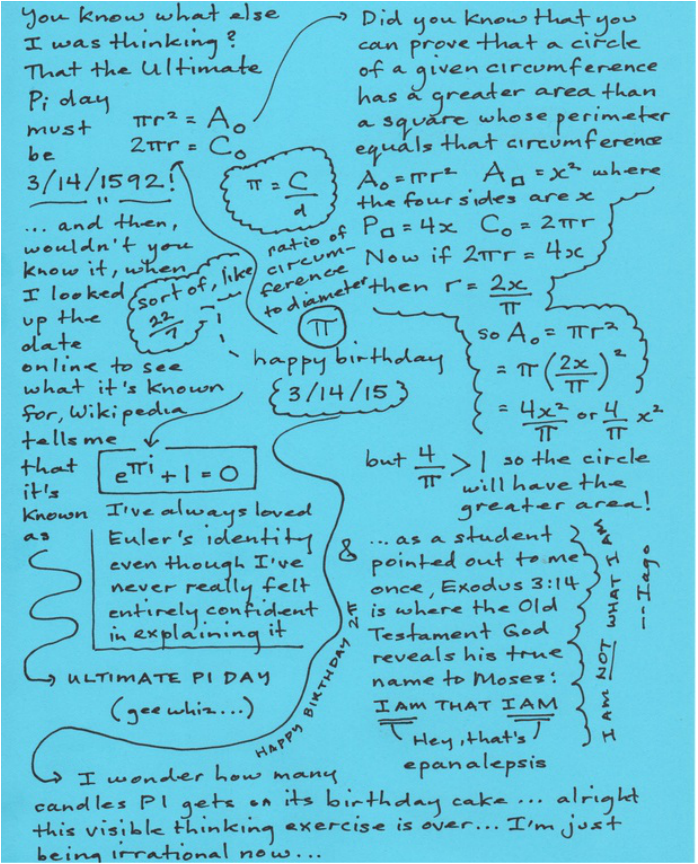


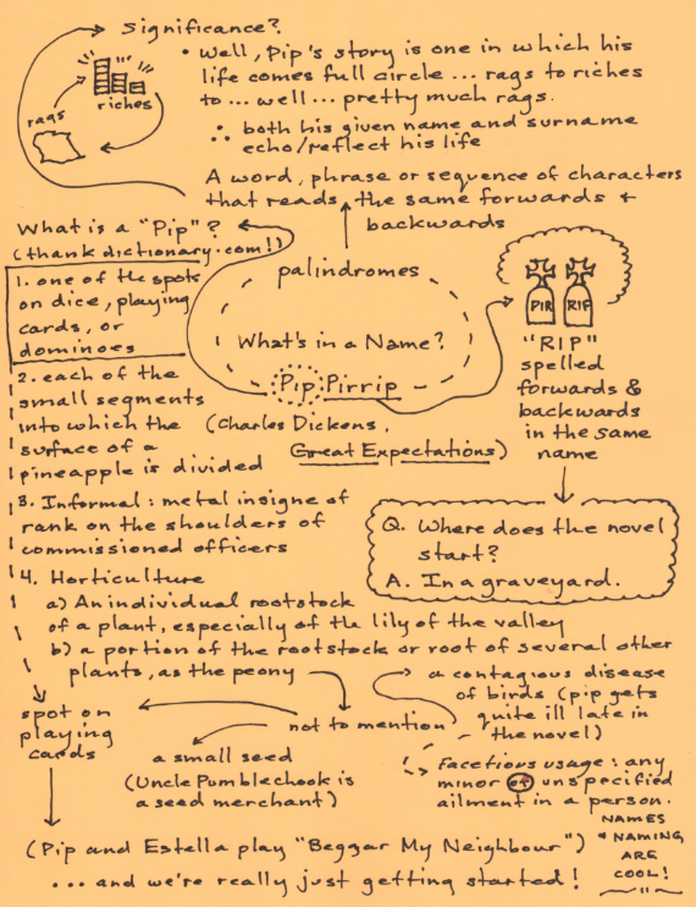
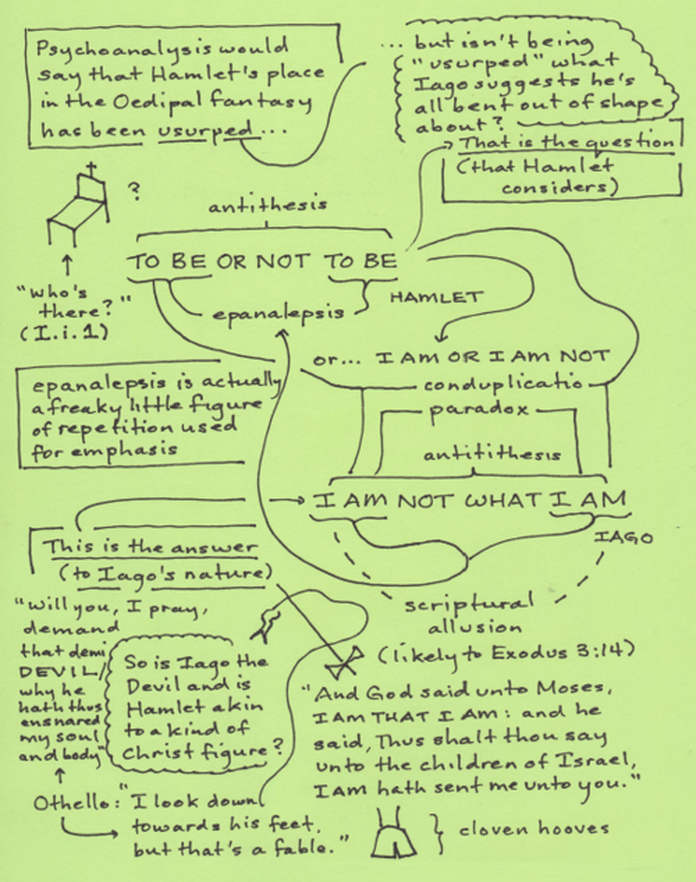
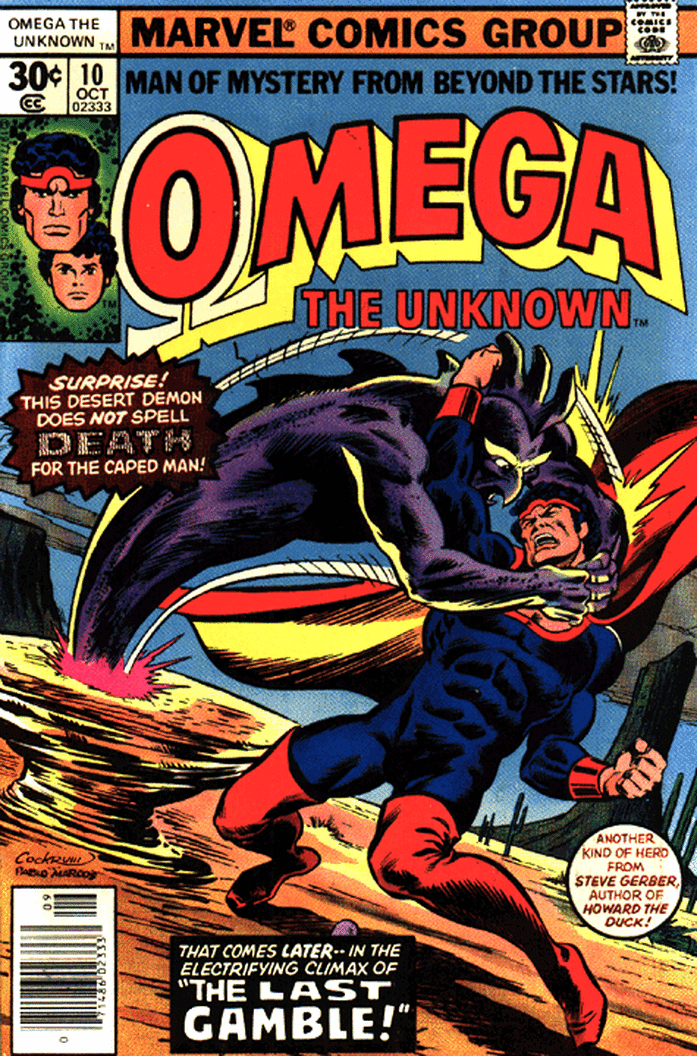

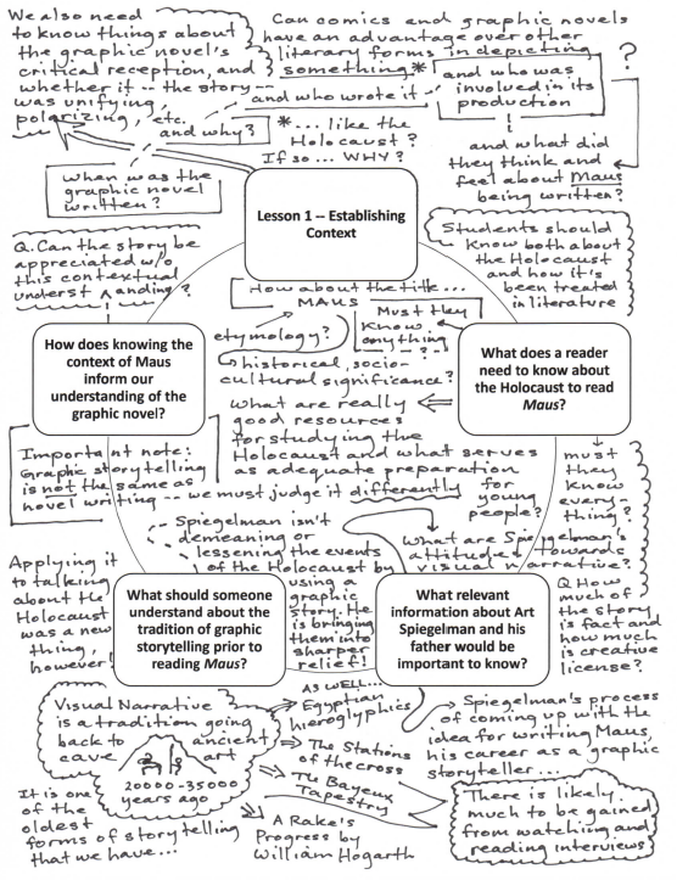
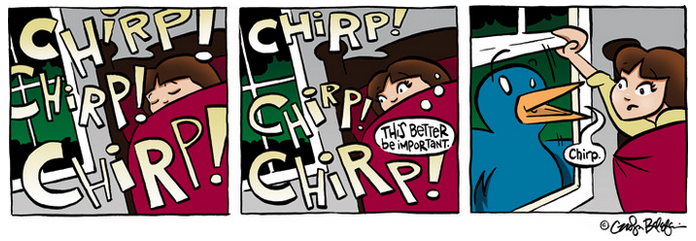
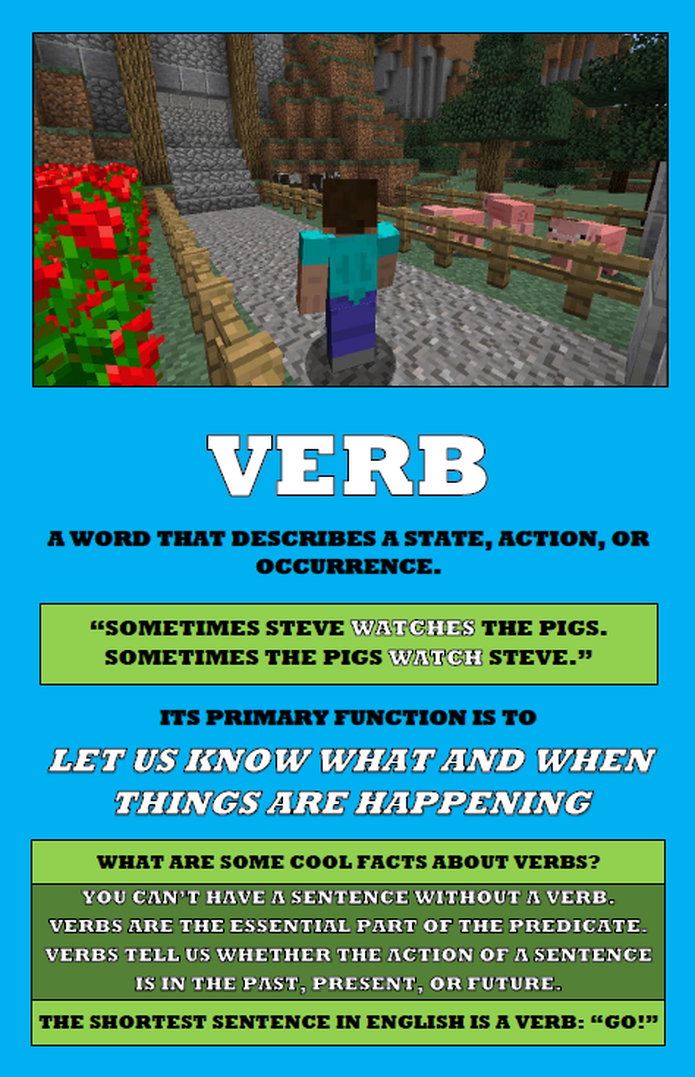
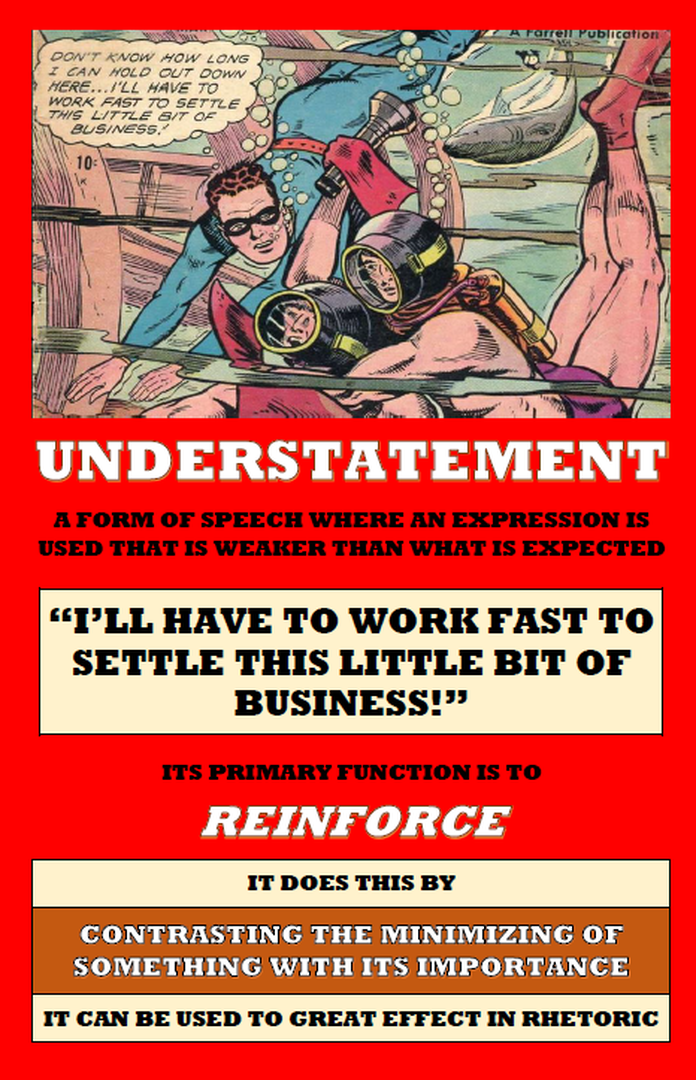
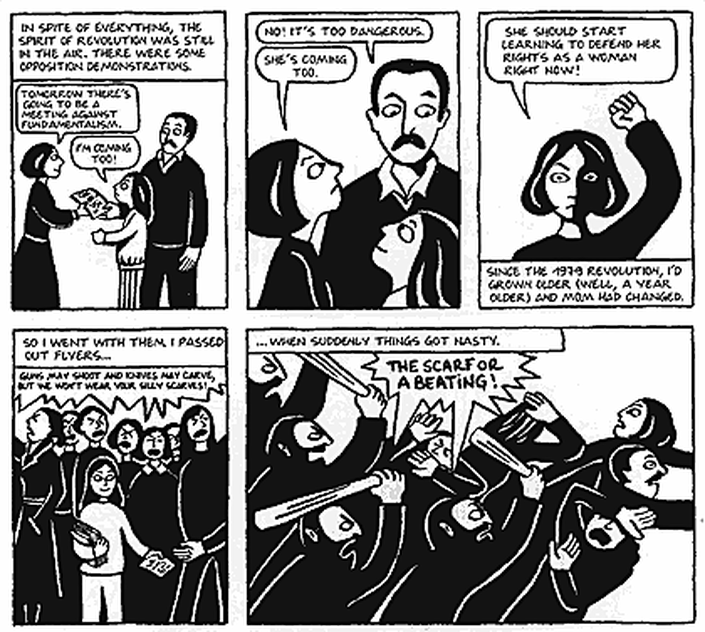
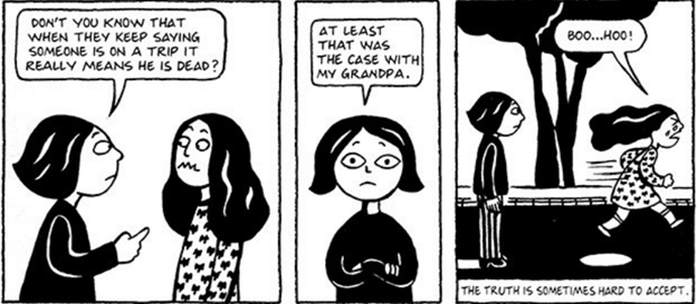
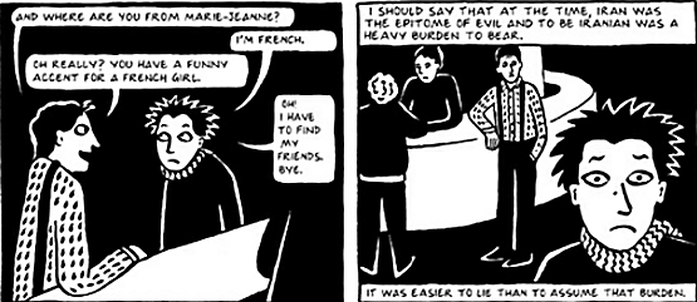
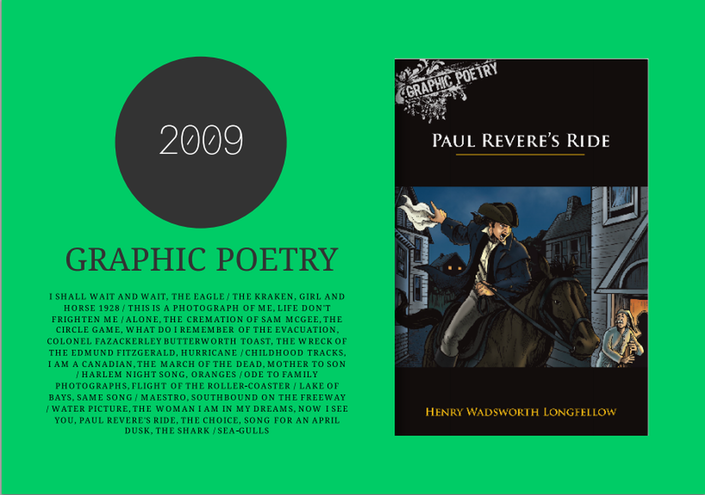
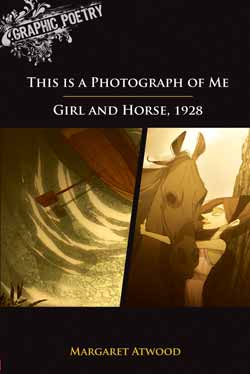
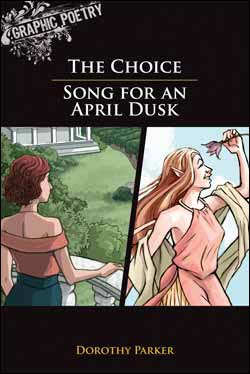
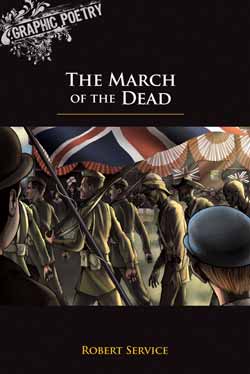
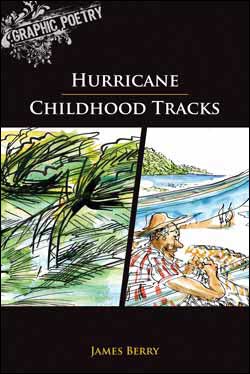
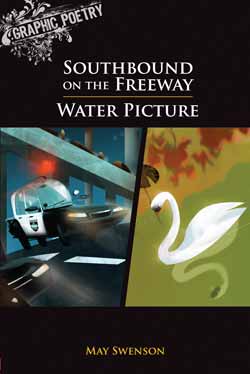
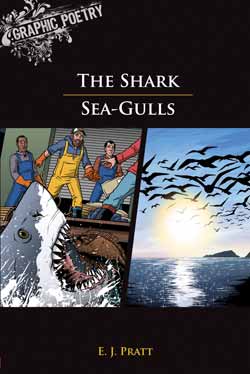
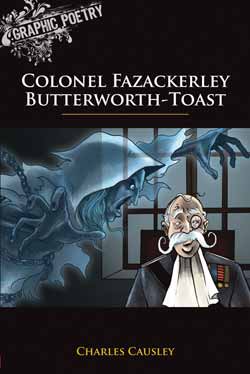
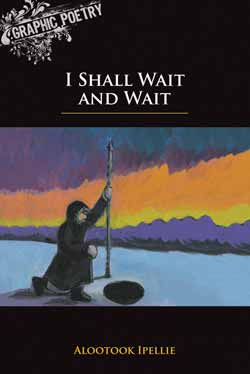
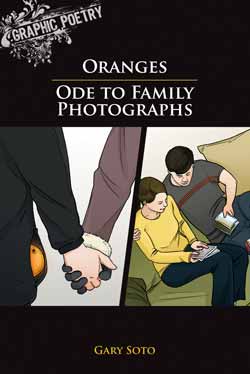
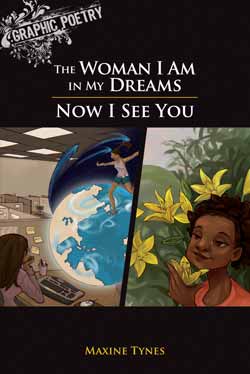
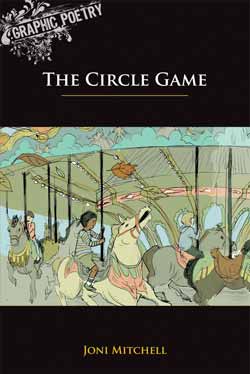
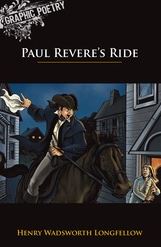

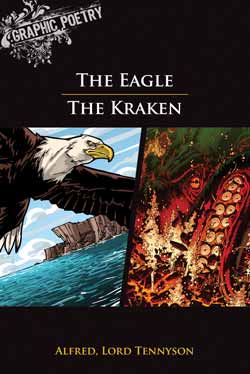
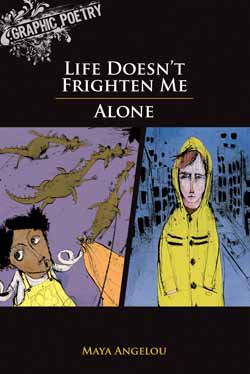
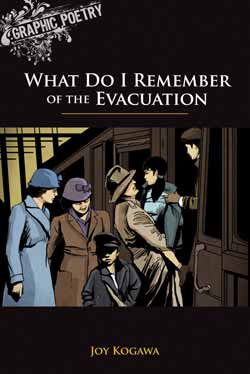
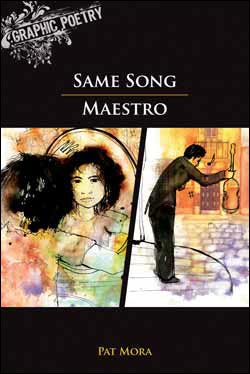
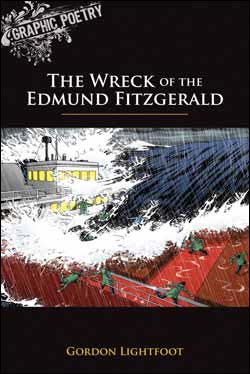
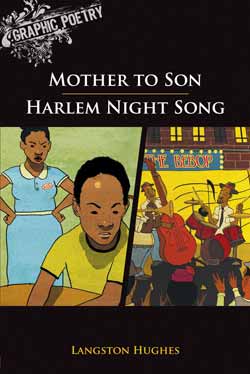
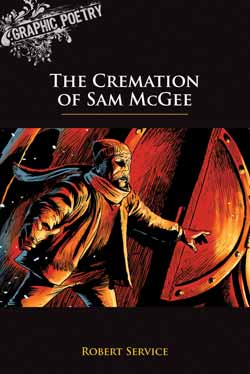
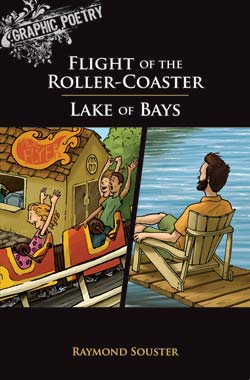
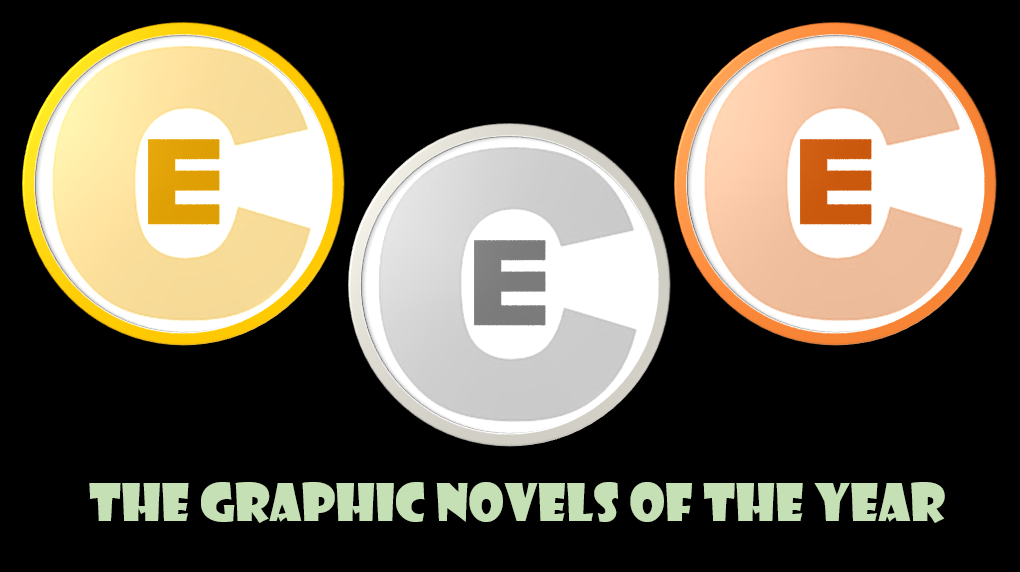

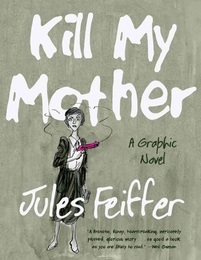

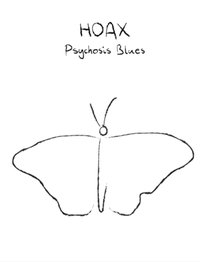

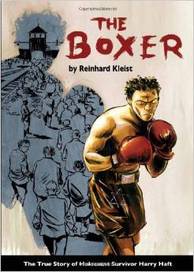
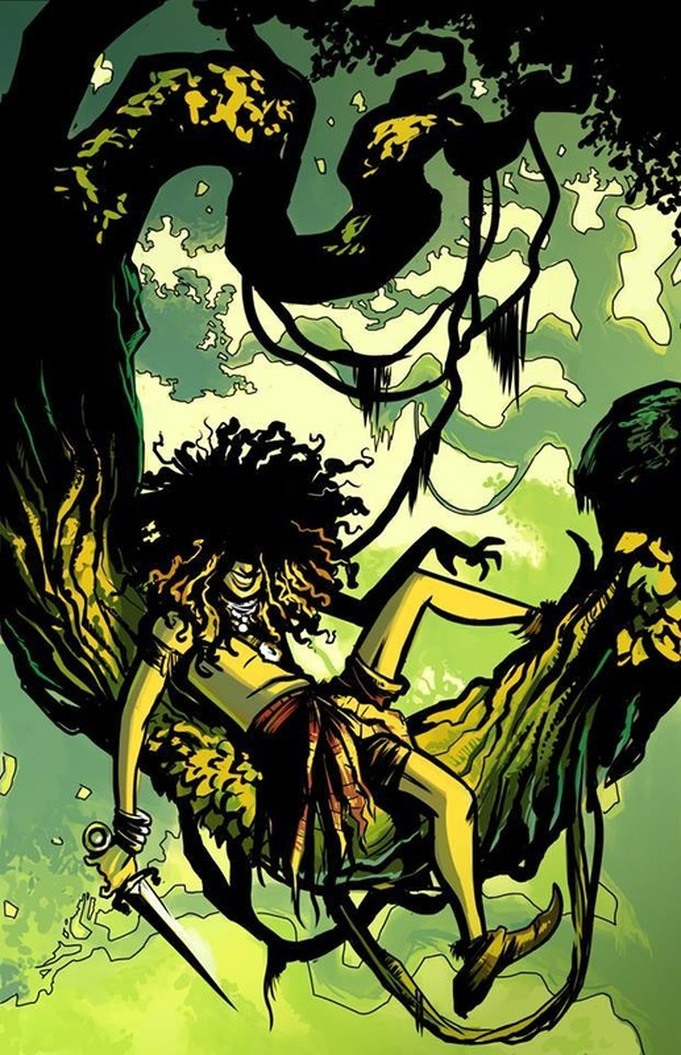
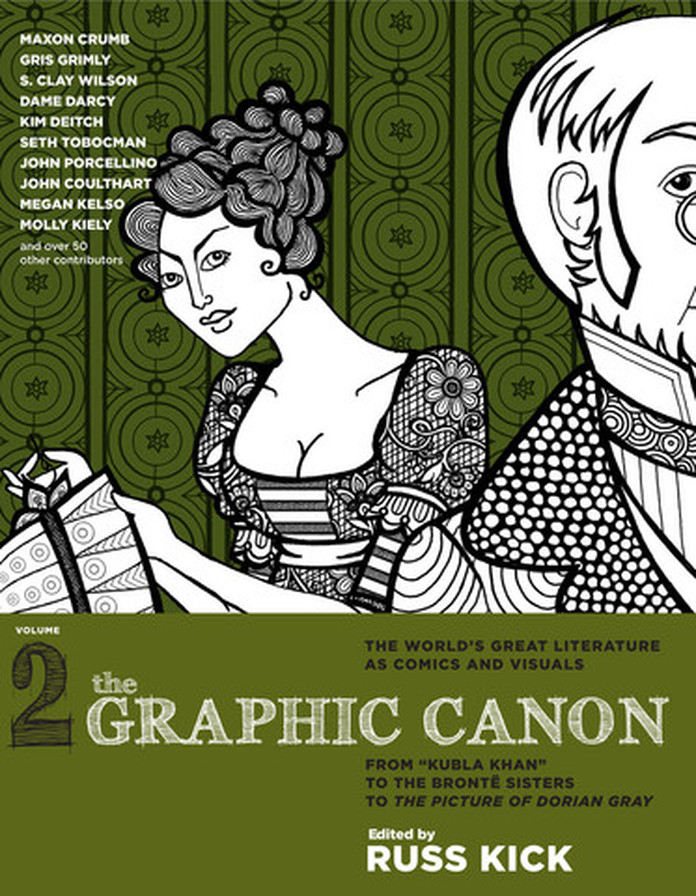
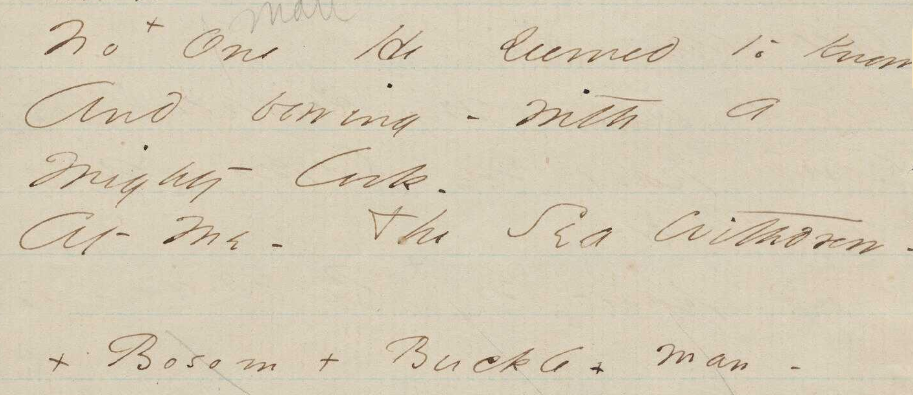
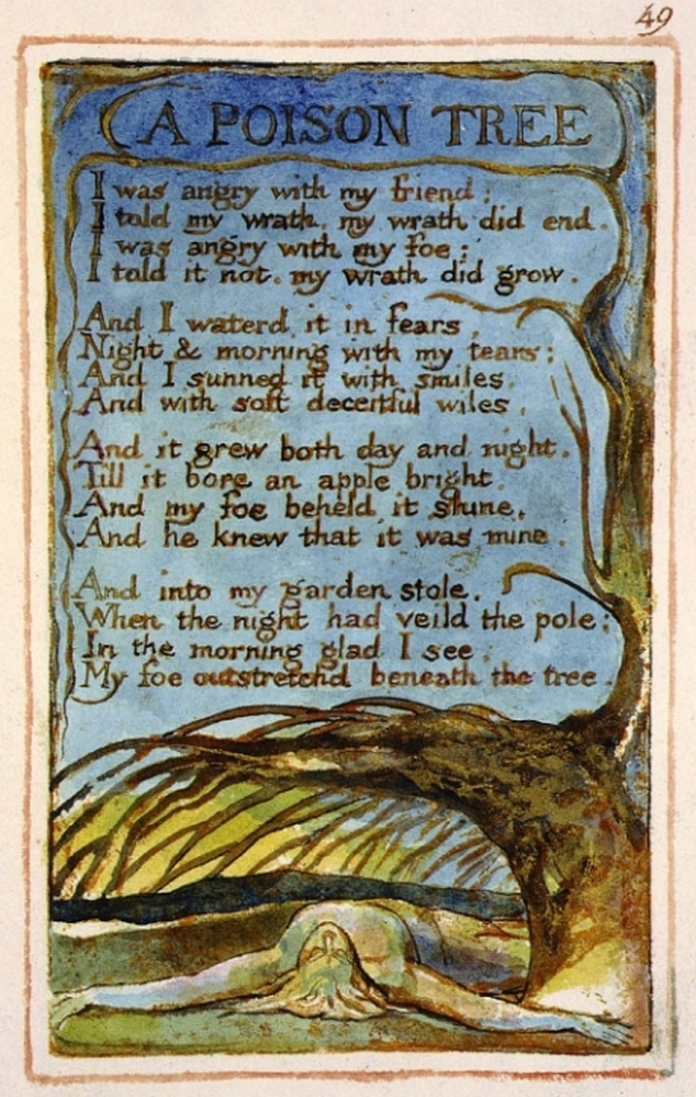
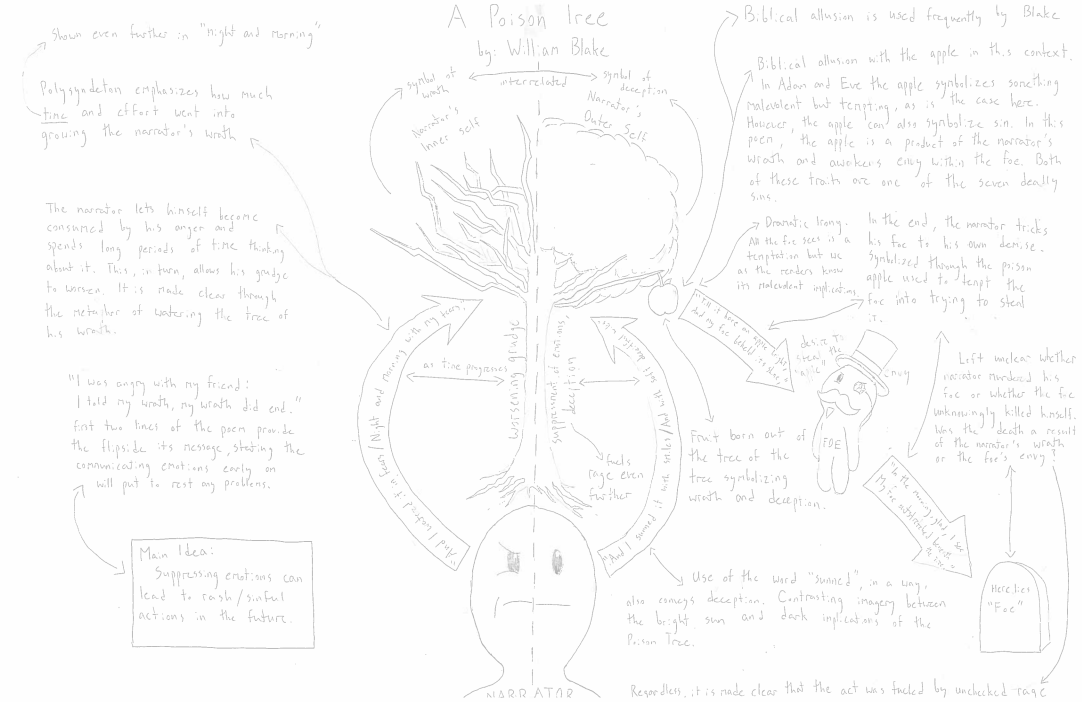
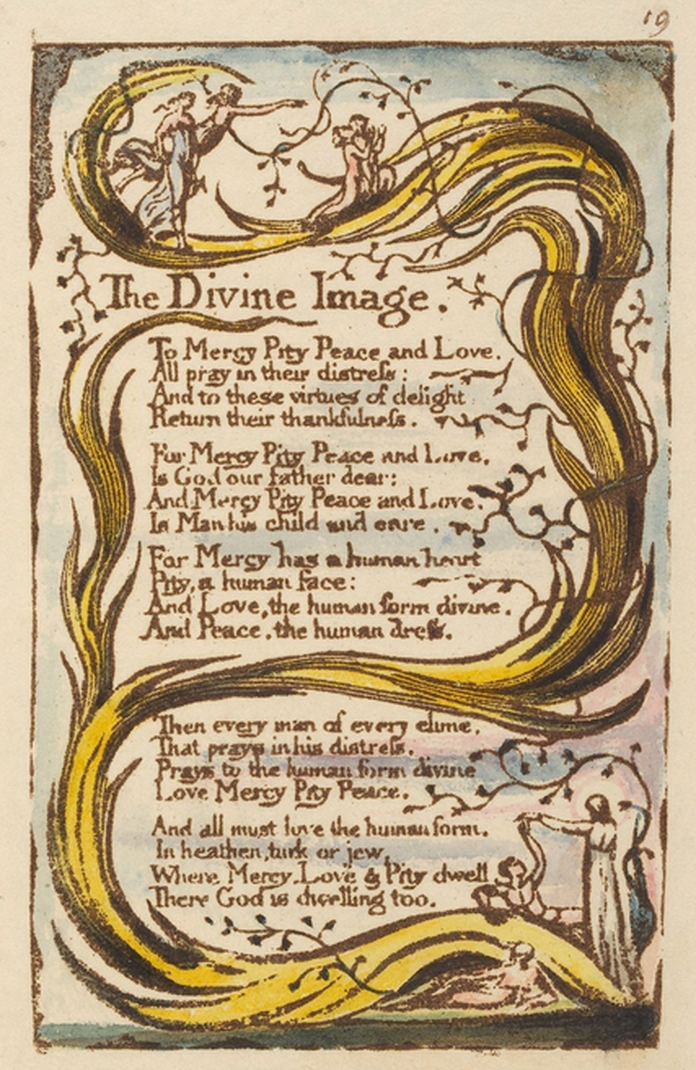
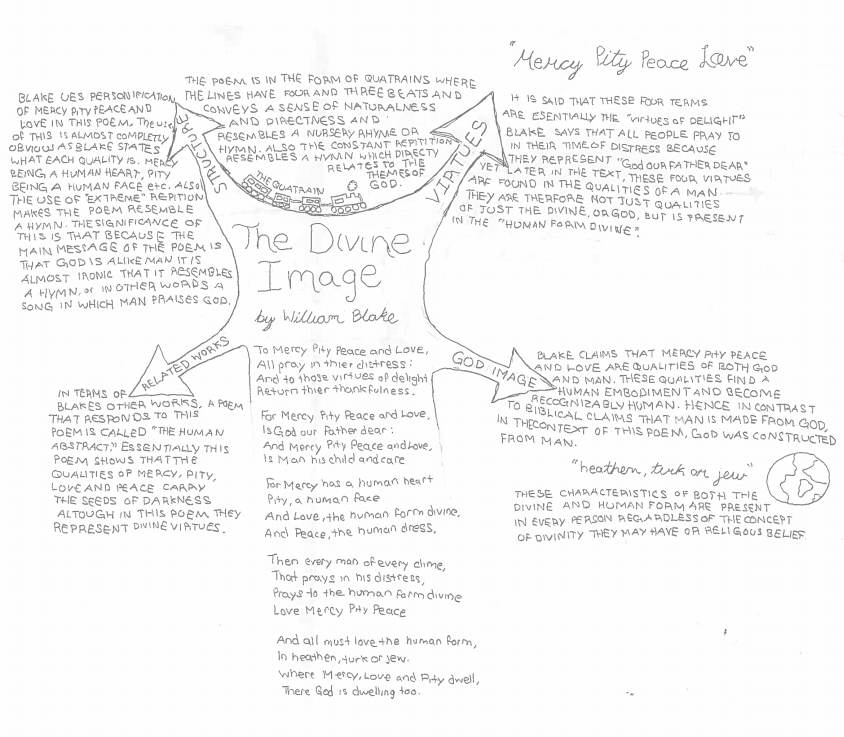
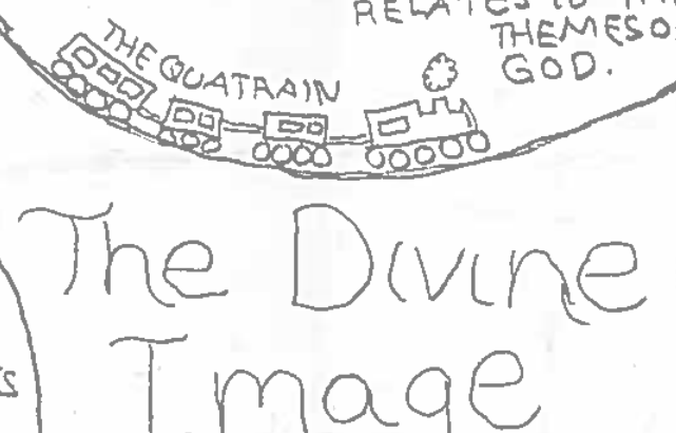
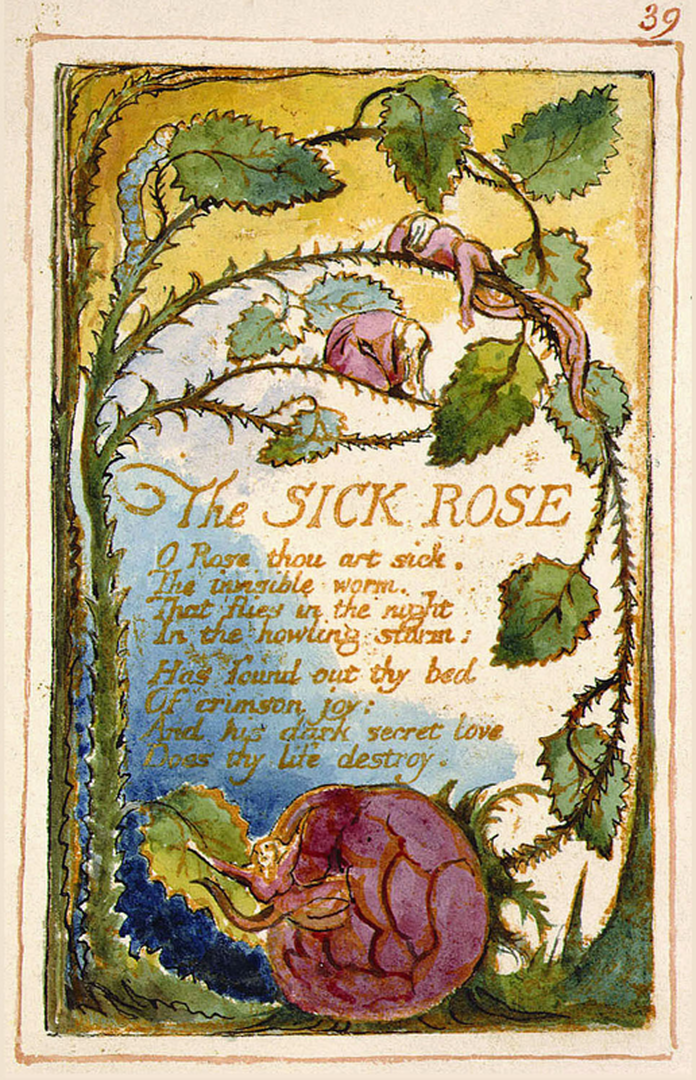
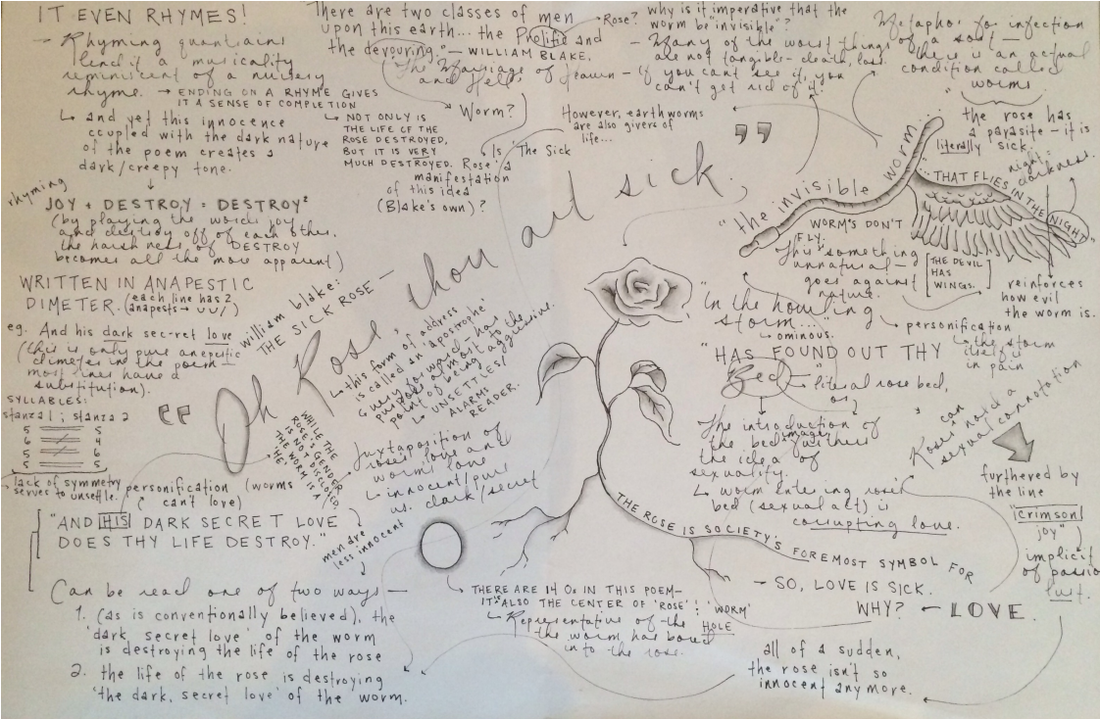
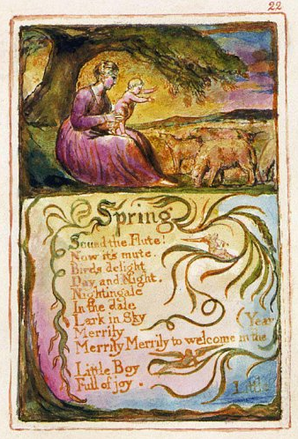
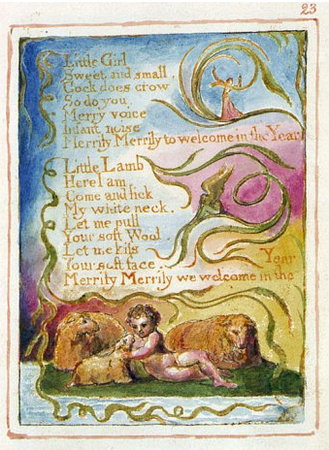
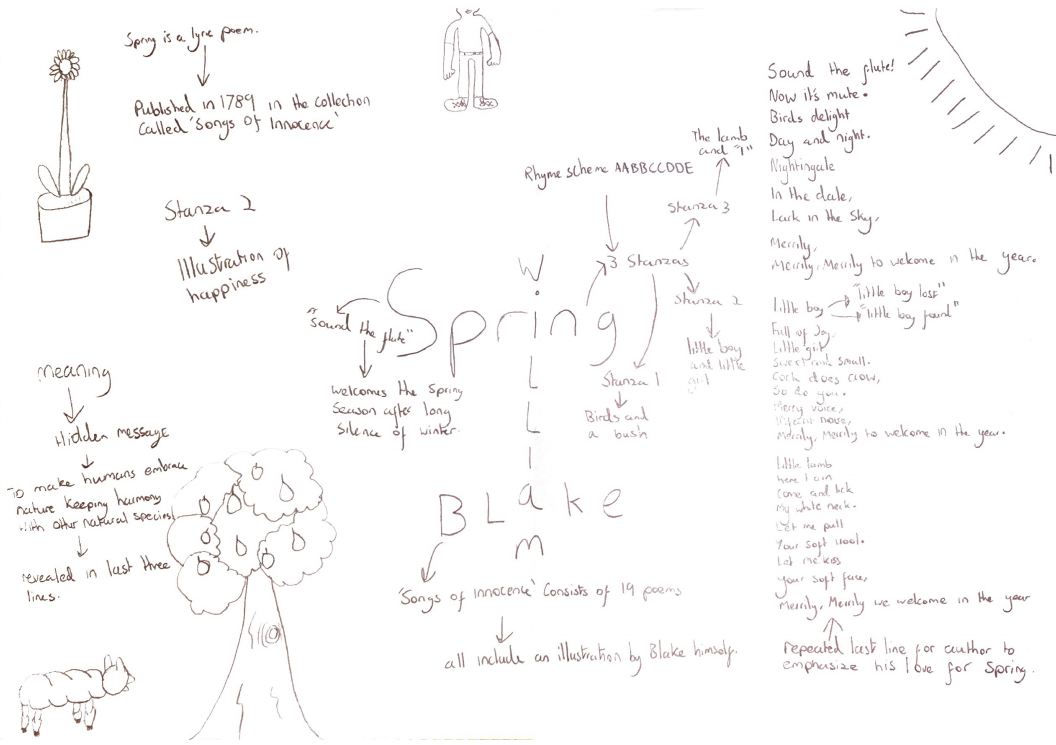
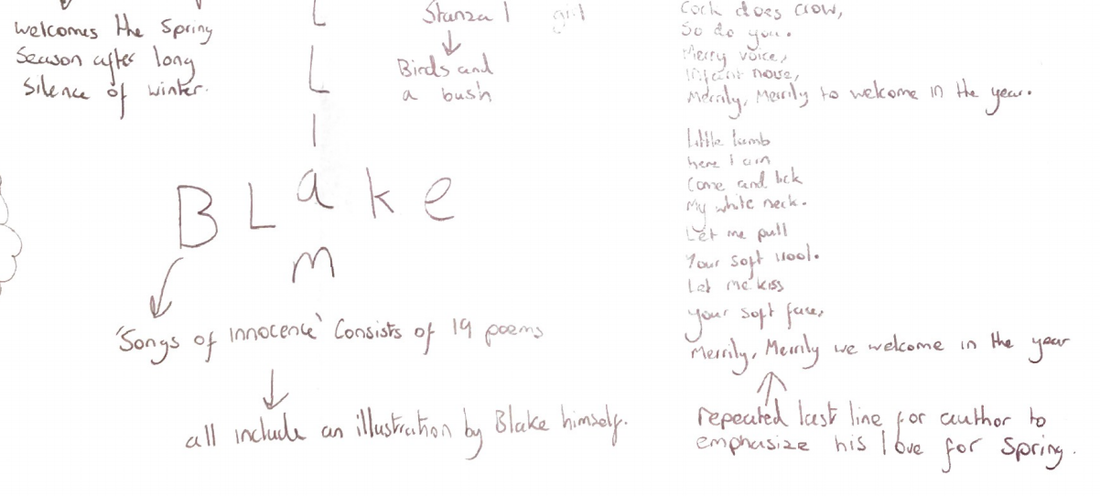
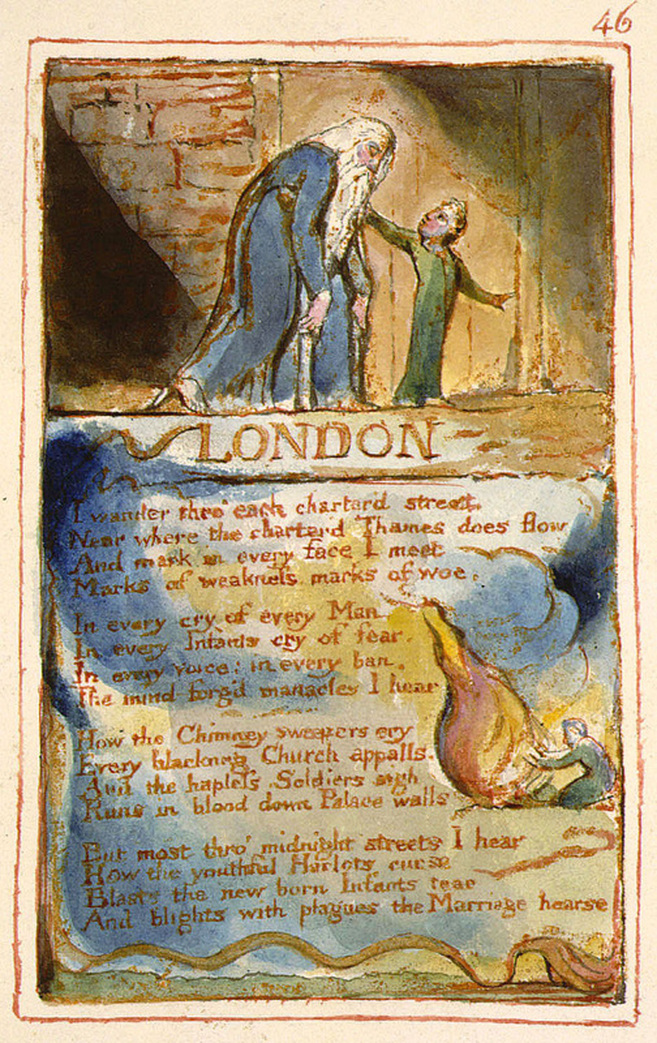
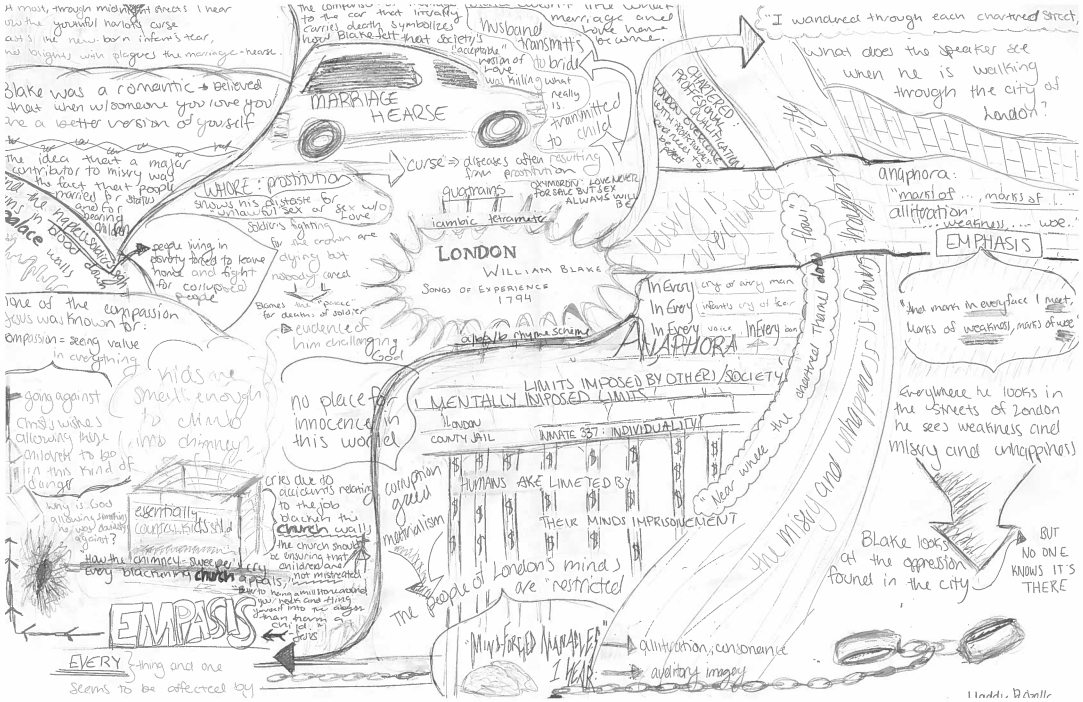
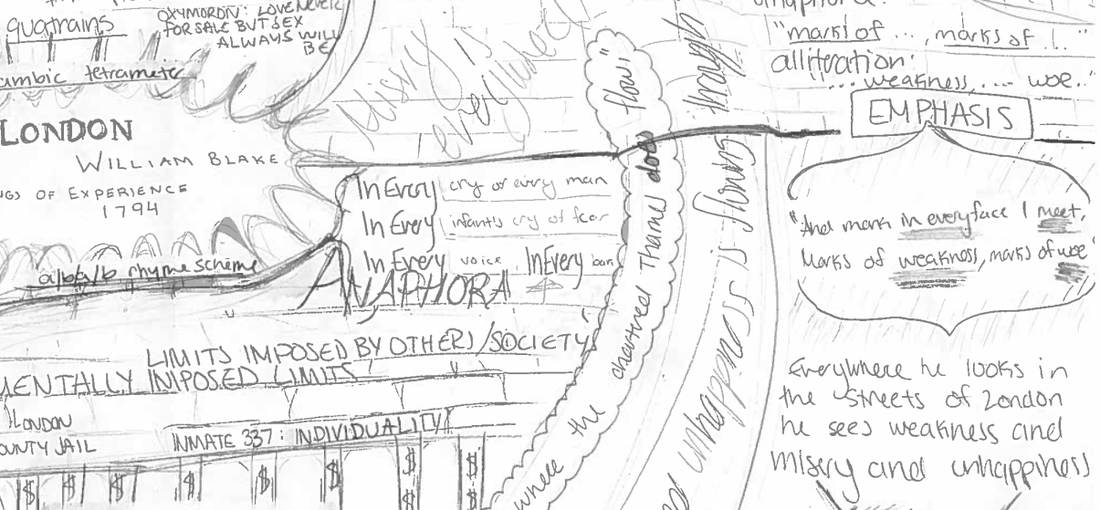
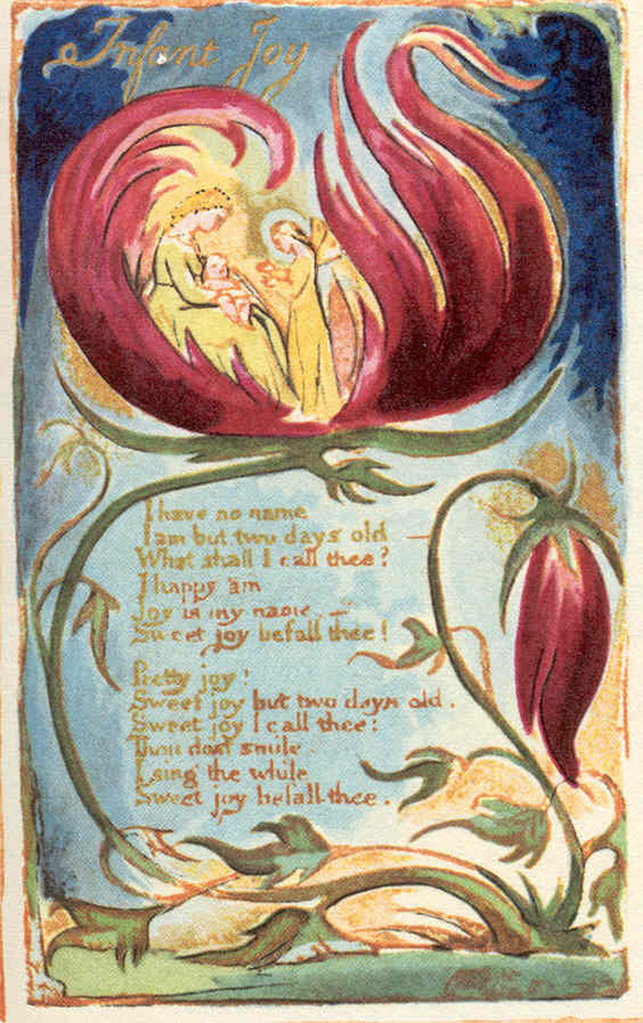
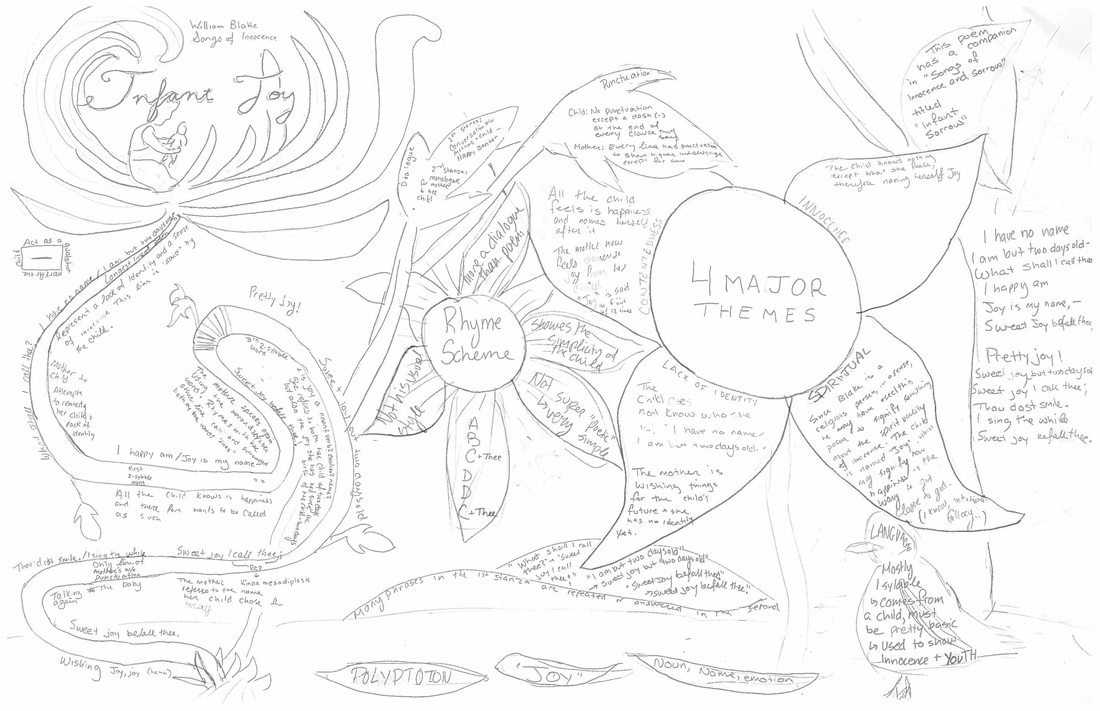
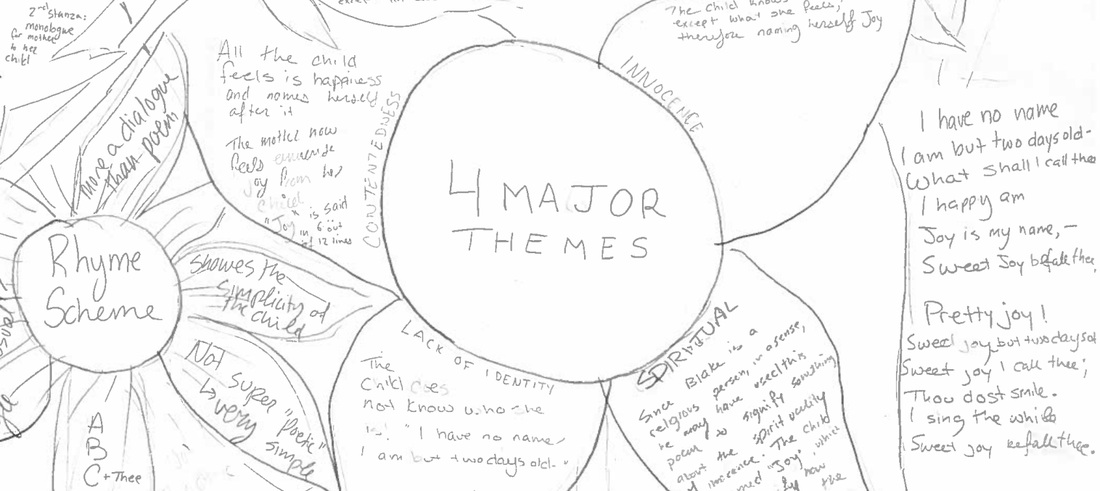
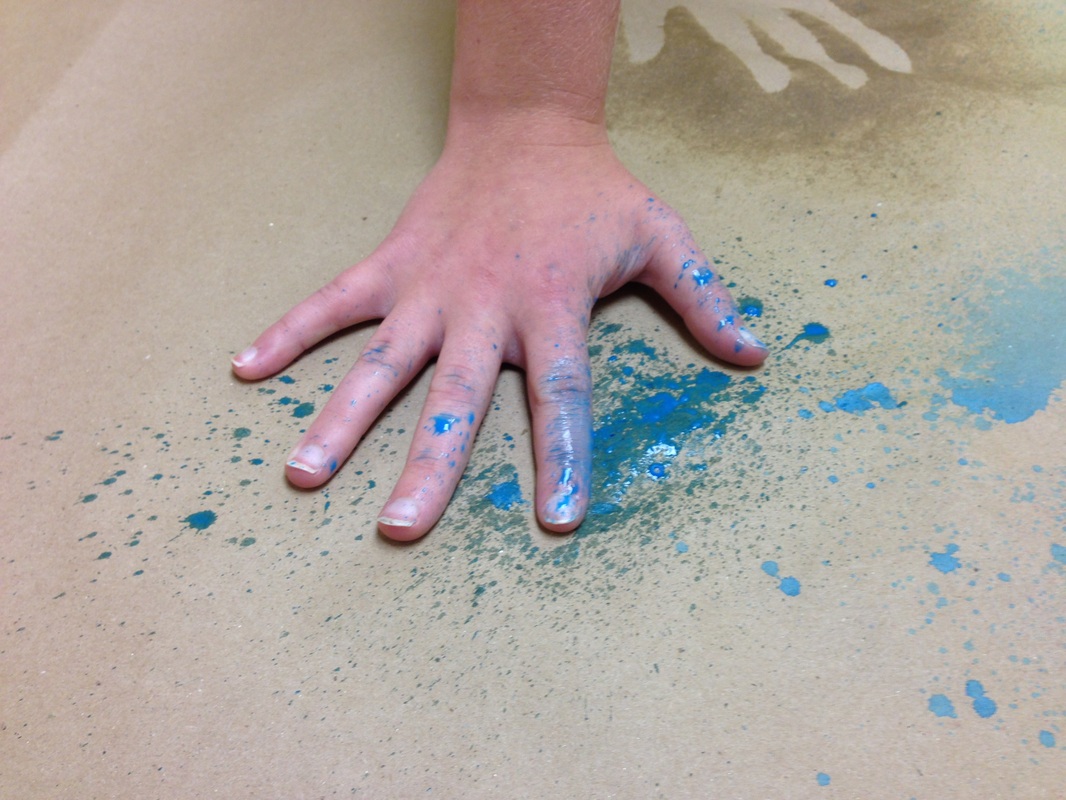
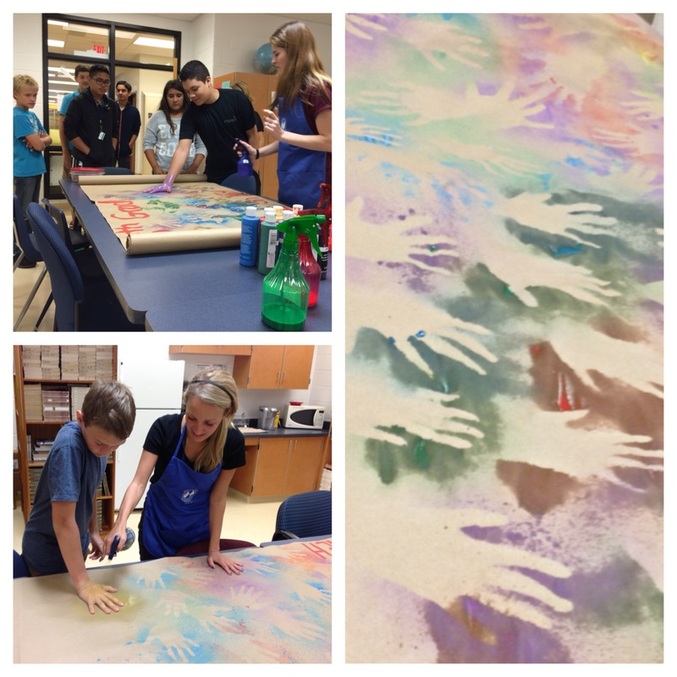
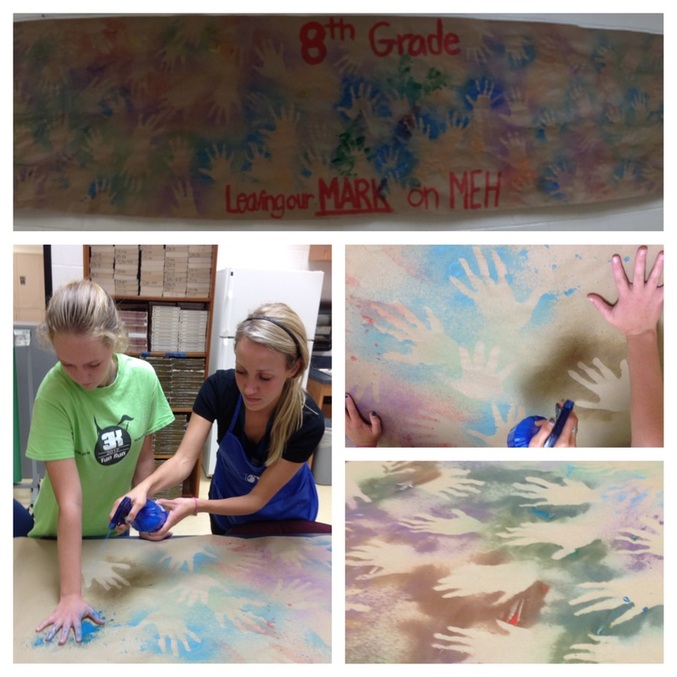



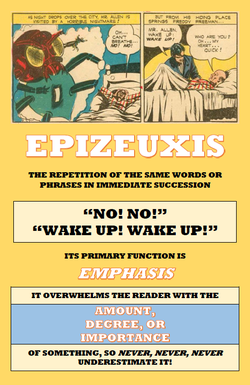
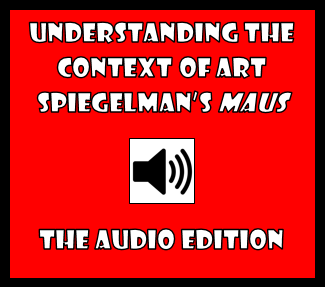
 RSS Feed
RSS Feed
